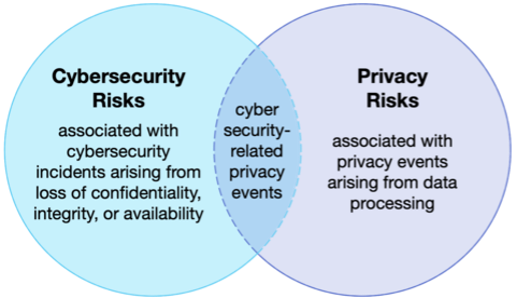Jason Daamash
February 20, 2025
Cybersecurity will become a global threat starting in early 2025. The substantial amount of
information in Forrester’s research, Predictions 2025: Cybersecurity, Risk, and Privacy, provides
a good summary of the risks to be anticipated, potential changes to legislation, and shared
responsibilities that security executives will have to deal with. This review discusses the
alignment of the report with social-science principles related to research questions, methods,
analysis, and consideration of societal implications, most especially for marginalized
communities.
Relation to Social Science Principles
A delicate relationship between technological superiority and social reaction is exposed in this
article. More specifically, how generative AI and IoT devices affect human interaction, trust, and
regulation is examined. Social science theories that examine how technology and society interact
and emphasize the need of behavioral insights and flexible policies in managing the always
changing cybersecurity landscape would be well suited to such a technological perspective.
Research Questions:
Forrester’s analysis addresses several pivotal questions:
● What are the potential regulatory actions against AI providers under new legislation?
● How might significant IoT breaches impact device security and public trust?
● What factors contribute to the growing disillusionment with generative AI among Chief
Information Security Officers (CISOs)?
● How will government restrictions on third-party and open-source software evolve?
● What is the projected financial impact of class-action lawsuits compared to regulatory
fines?
The study predicts that by 2025, the EU will impose its first fine against a generative AI provider
under the EU AI Act, that a major IoT breach will compromise a large class of devices, that
CISOs will become increasingly disillusioned by generative AI, that governments will enforce
stricter regulations on third-party and open-source software, and that costs stemming from class
action lawsuits will surpass regulatory fines by 50%.
Research Methods
The research methodology is a mixed-methods one, combining qualitative analyses of regulatory
trends and technology development with quantitative projections of financial impacts. The
methodological design consists of expert interviews, case studies of prior cyber incidents, and
statistical modeling to forecast future scenarios. This allows for great subtleties in the
understanding of the multifaceted challenges anticipated in the cybersecurity landscape by 2025.
Data and Analysis
Legislative records, cybersecurity incident reports, financial data, and expert opinions are among
the several kinds of evidence that the analyst might examine in this report. Patterns from the data
analysis will include the monetary consequences of data breaches, vulnerability spots in the IoT
ecosystem, and heightened regulatory scrutiny of AI technology. The estimated $12 trillion in
expenses associated with cybercrime by 2025 justifies the need for stronger security.
Connection to Course Concepts
Key course themes, particularly the socio-technical aspects of cybersecurity, are typified by the
observations presented in the study. Technological innovation, policy development, and social
trust are intricately intertwined, as seen by the regulatory reactions to AI and IoT concerns.
Furthermore, CISOs’ changing views on generative AI demonstrate the importance of human
elements in risk management and technology adoption, underscoring the focus on the human
element in cybersecurity.
Impact on Marginalized Groups
Community groups often bear the brunt of cybersecurity threats through a lack of access to
protective resources and technologies. The report’s inference regarding the uptick in regulatory
actions and emerging possible IoT breaches signals heightened vulnerabilities that these groups
might face, as they have reduced resources to adapt to pressures or rapid technological changes
and growing regulatory complexities. Bridging these gaps will require inclusive policy-making
and targeted support to enable letting such advancements into cybersecurity benefit all sectors of
society without bias.
Contributions to Society
Forrester’s report is a strategic roadmap for stakeholders across all industries, providing a
glimpse into the cybersecurity challenges everyone will face and the actions to take to mitigate
them. By shedding light on the potential shifts occurring within the regulatory, technological
vulnerability, and financial impact landscapes, the report will allow organizations to consolidate
and call upon their strategic powers to defend themselves. This proactive positioning is critical to
ensuring that not only organizational assets but also public trust and societal welfare are
safeguarded in a continuously evolving digital world.
Conclusion
“Predictive 2025: Cybersecurity, Risk and Privacy” offers scholarly undertaking, examining the
changing face of cybersecurity while fusing together technological, regulatory, and human
factors. The conclusions in the report show the need to have an interdisciplinary approach,
enveloping technical innovations, policy developments, and social considerations, to adequately
respond to complex challenges that the world is expected to face by 2025.

References:
Forrester Analyst Report: Predictions 2025: Cybersecurity, Risk, And Privacy. (n.d.). Retrieved
from https://aris.com/resources/process-management/ar/cybersecurity-predictions-2025-forrester/